In 1952, the birthplace of competitive skiing finally welcomed the world to compete in the ultimate winter sports extravaganza.
You may remember the 18th Winter Olympics, hosted successfully in Lillehammer, as one of Norway’s finest sporting hours.
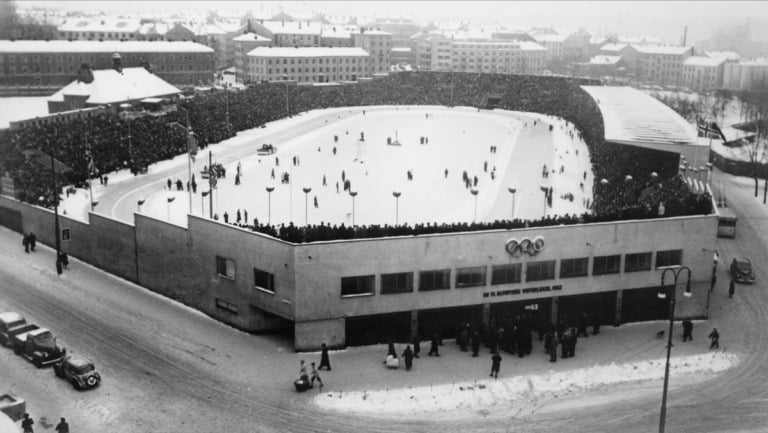
But some people might be able to cast their minds back further to 1952, when Oslo took the chance to showcase itself against a backdrop of winter sports.
A celebration of winter sports
Even though the modern Olympic Summer Games began in 1896 in Athens, it wasn’t until 1924 that winter sports joined them.
The first Winter Olympics, held in Chamonix, was originally called ‘International Winter Sports Week’. Once it had proved successful, it was officially designated as the first Olympic Winter Games.
See also: History of Skiing in Norway
Three more events followed, in the same country and year as the corresponding Summer Games, in St Moritz in Switzerland, Lake Placid in the USA and Garmisch in Germany, before the Second World War caused the cancellation of events in 1940 and 1944. These had been scheduled for Sapporo in Japan and Cortina D’Ampezzo in Italy respectively.
Just 3 years after the war ended, with many countries still rebuilding, it was logical to award the 1948 games to a country that had the infrastructure in place from a previous games and that had emerged relatively unscathed from the war.
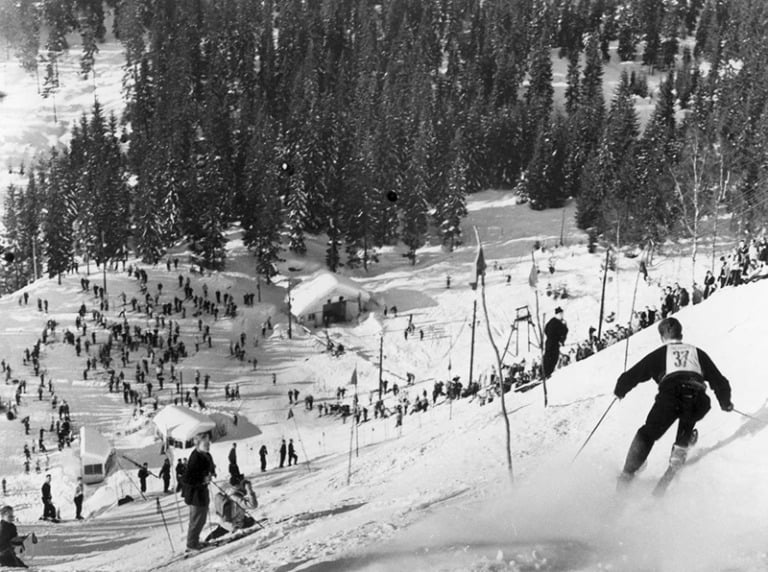
Resuming in St Moritz, Switzerland, the Winter Olympics proved even more popular and successful after their long break. Oslo decided to put its name forward for the next games to show the world they had recovered from the war.
The city won against competing bids from Cortina D’Ampezzo and Lake Placid becoming the first Scandinavian nation and first capital city to host the games. And so, the stage was finally set for Oslo to shine as hosts of the 6th Olympic Winter Games.
Welcoming the world to Oslo
For the first time in 1952, the Winter Olympics started with a torch relay. The first summer torch relay had taken place for the 1936 games in Berlin. The organisers in 1952 chose to implement a relay from Morgedal to the Bislett stadium in Oslo.
Morgedal was chosen as the birthplace of competitive skiing. The torch symbolised the use of torches for skiers to find their way in the dark. They were keen to stress that it wasn’t a true ‘Olympic Torch’ carrying the flame from Olympia as used in the Summer Games.
Read more: Norway’s Team Sweater for the Tokyo Olympics
The torch was lit in the fireplace at the home of skiing pioneer Sondre Norheim. The flame was kindled by Olav Bjaaland, a member of the 1911 South Pole expedition. 94 renowned skiers or their descendants then transported the flame on its two-day journey.
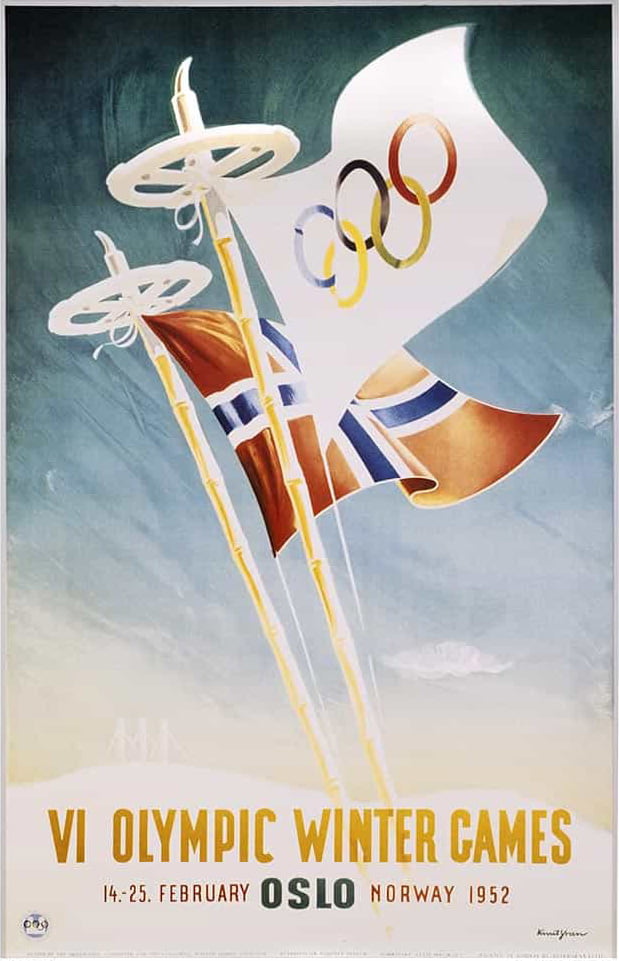
The route they chose to Oslo was the one believed to have been followed by Norheim on his 1868 journey to take part in what is believed to be the first downhill skiing competition.
The final skier, Lauritz Bergendahl, arrived at the stadium on February 15th and passed the flame to Eigil Nansen, grandson of famed explorer and diplomat Fridtjof Nansen.
After the traditional parade of the nations, Eigil Nansen took the flame around the snow embankment in the stadium before lighting the Olympic Altar to mark the official start to the games.
The games would normally have been opened by the monarch but King Haakon VII was abroad attending the funeral of King George VI of Great Britain who had died a few days previously.
Instead, his granddaughter, Princess Ragnhild declared the games open. She was the first female official to ever do so.
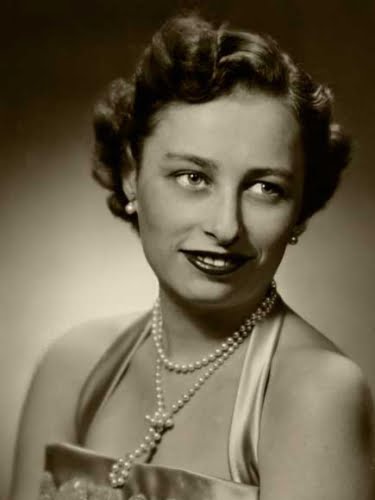
The bobsleigh and alpine skiing events had started taking place took place the day before the opening ceremony, at Frognerseteren and Norefjell respectively. As the competitors couldn’t get to Oslo for the opening ceremony, they held simple ceremonies in those places instead.
The 1952 Winter Olympics competitors
A record thirty countries sent a total of 694 competitors to Oslo. The five Nordic nations – Norway, Sweden, Denmark, Finland, and Iceland – competed.
Eight of the nations came from outside of Europe – Argentina, Australia, Canada, Chile, Japan, Lebanon, New Zealand, and the United States of America.
The 17 other European countries were: Austria, Belgium, Bulgaria, Czechoslovakia, France, Germany, Great Britain, Greece, Hungary, Italy, Netherlands, Poland, Portugal, Romania, Spain, Switzerland and Yugoslavia.
New Zealand and Portugal made their winter Olympic debut. Australia, Germany, and Japan competed for the first time since 1936. Competitors from 1948, South Korea, Liechtenstein and Turkey didn’t participate.
Overall, there were 4 competitive sports, consisting of 8 disciplines. These were Bobsleigh, Ice Hockey, Figure Skating and Speed Skating, Alpine Skiing and three disciplines of Nordic Skiing – Cross-country, Nordic Combined and Ski Jumping. Overall, there were 22 events.
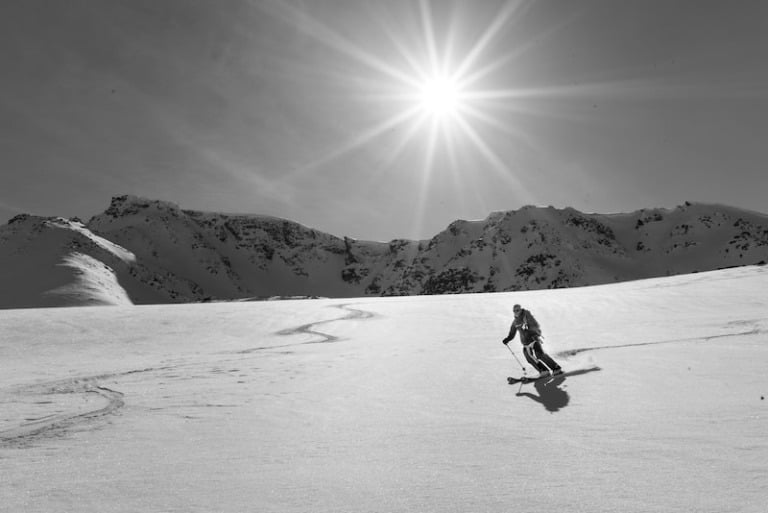
There was also a single exhibition sport. Bandy was played by Sweden, Norway, and Finland.
Bobsleigh
At the time, Norway had no permanent bobsleigh run. A 1508m (4948ft) 13-turn course was built from Frognerseteren. It was initially built and tested in 1951 and then rebuilt in 1952 for the games.
Ten of the thirty competing nations entered a total of 71 bobsledders. In the end, the result in both the 2-man and 4-man competition was the same, with Germany taking the Gold medals, USA Silver and Switzerland Bronze.
There was some concern about the German team, who had an average weight of 117kg (258lb). At the time this was more than the Olympic heavyweight boxing champion! Seeing the undue advantage that the weight gave, the governing body for Bobsleigh introduced a weight limit for future Olympics.
Ice Hockey
For the ice hockey competition, Oslo built a new arena: Jordal Amfi. The arena stood as an active venue until 2017 when it was finally demolished to make way for Nye Jordal Amfi.
Before 1952, Canada had won all but one of the ice-hockey events, only losing in 1936 to a shock British victory. Eight other countries competed trying to end Canada’s dominance in 1952.
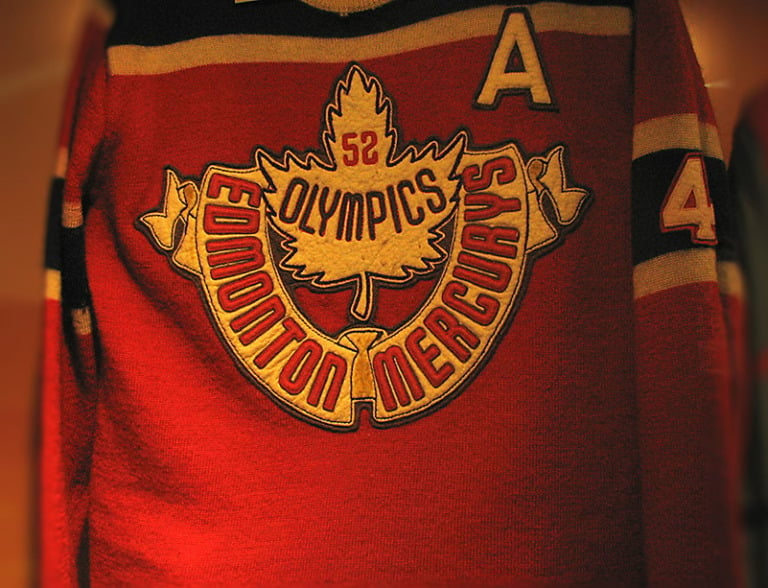
Unfortunately, Canada proved too strong this time around and once again took the gold medal. The US game second and Sweden third and, perhaps controversially, Czechoslovakia placed fourth.
The Czechs believed there was a capitalist plot against them as, in the final game, Canada tied with the US giving them first and second place respectively. If Canada had won, Czechoslovakia would have placed third and the US fourth.
Skating
Both the speed and figure skating events were held in the Bislett stadium, with the speed track around the outside and the figure skating rink on the field in the middle.
The Americans won Gold and Silver in the 500m but the highly partisan Norwegian crowd were thrilled with victories by Hjalmar Andersen in the 1500m, 5000m and 10000m, with his margins of victory being the highest in history at the time.
The Netherlands placed second in the 5000m and 10000m races, winning the country’s first ever speed skating medals.
In the figure skating, US legend Dick Button won his second Olympic Gold in the sport, also becoming the first skater to land a triple jump – a triple loop – in international competition. The US also won bronze in the men’s event with Austria taking the silver.
The women’s figure skating was won by British skater Jeannette Altwegg, with the US and France taking silver and bronze.
Skiing
With 12 of the 22 events coming in skiing, the sport accounted for the lion’s share of the competition. Cross-country skiing also provided the games with its only podium sweep, with Finland taking all three places in the women’s 10km event.
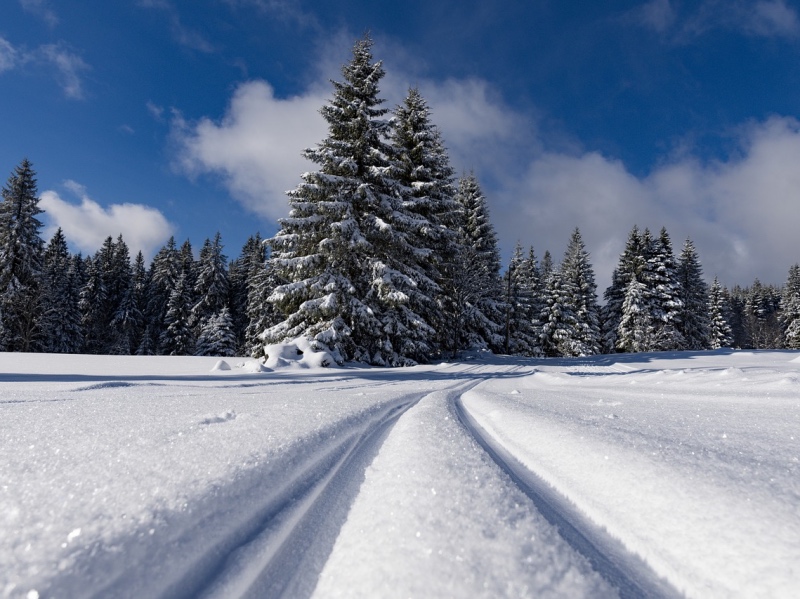
In the Alpine skiing, the Giant Slalom made its debut. As they often do, the Austrian athletes dominated proceedings, winning seven of the 18 medals on offer.
This included Othmar Schneider who won gold in slalom and silver in downhill. Andrea Mead Lawrence of the US was the only double-gold winner, emerging victorious in both the slalom and giant slalom.
Norway won 1 Gold, 1 Silver and 1 Bronze medal in the Alpine events. Germany won 2 Silver and 2 Bronze, Italy won 1 Gold and 1 Bronze with the US taking the remaining 2 Gold medals.
Read more: Skiing in Norway
The Nordic skiing, with Cross-country, Ski-jump, and Nordic Combined events, was unsurprisingly where the Nordic countries really shone. In fact, Finland, Norway, and Sweden were the only countries to win medals in these events out of the 19 nations that tried!
Norway took one Gold, one Silver and one Bronze medal in the cross-country events, Gold and Silver in the Ski-jump, and Gold and Bronze in the Nordic combined.
Sweden took bronze in the Ski-jump and in the 4 x 10km cross-country relay. Finland took the remaining 3 Gold, 4 silver and 2 Bronze medals to complete the Nordic sweep.
The 1952 Winter Olympics medal table
Thirteen of the thirty participating nations won one or more medals at the 1952 Oslo games. There were 67 medals awarded in the 22 events. An extra bronze was awarded in Man’s 500m Speed Skating because Gordon Audley of Canada and Norway’s Arne Johansen tied on 44.0 seconds.
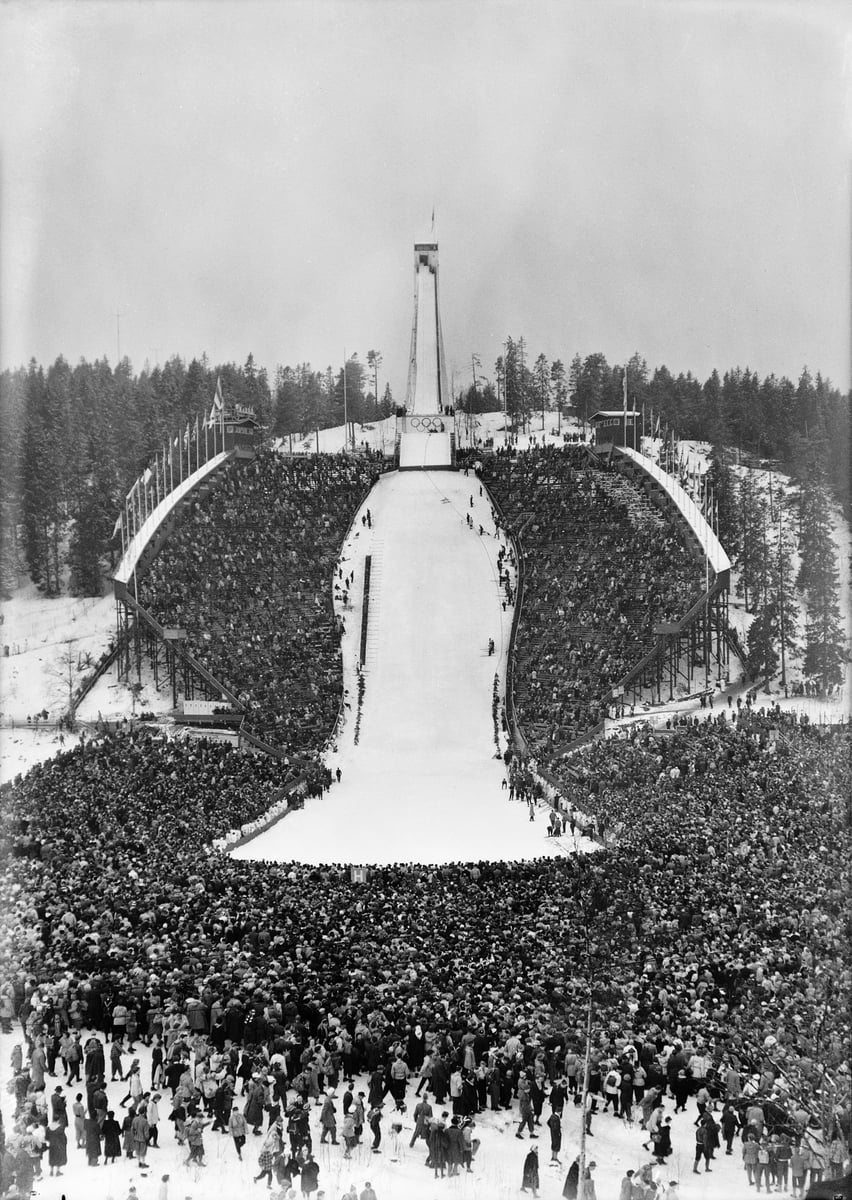
Norway was also the most successful nation, winning the most gold medals with 7 and the most overall medals with 16. The US came second with 4 gold and 11 overall, and Finland third with 3 gold and 9 overall.
Germany, Austria, Canada, and Italy all won multiple medals including at least one gold. Great Britain won a solitary gold medal, ranking them 8th despite having a lower overall total than the Netherlands, Sweden, and Switzerland, who all won multiple medals but no golds.
Introducing bandy to the world
The International Olympic Committee had urged the Oslo organising committee to include Military Patrol or Curling as exhibition sports, but Oslo instead chose Bandy.
Unlike Curling, which became a regular Winter Olympic sport in 1998 and Military Patrol, which developed into Biathlon, this was Bandy’s only Olympic outing.
Bandy can best be described as ‘ice hockey with a ball’ and is the second most participated winter sport in the world after ice hockey. Russia, Britain and The Netherlands all lay claim to developing the sport and its introduction into Canada by British army officers is what led to the development of the modern ice hockey game.
There hadn’t been an International Bandy event since 1913 and, not surprisingly, only Norway, Sweden and Finland competed. The actual competition was about as equitable as it could possibly be. Over three matches, Finland beat Norway, Norway beat Sweden and Sweden beat Finland!
All three countries played two and won one. The medals were decided on goal difference so Sweden took Gold with a +3 goal difference, Norway took Silver with 0 and Finland Bronze with -3. The exhibition, while not attracting future Olympic interest, caught the eye of the Soviet Union who invited the countries to join them in a friendly tournament.
Since 1957, the Bandy World Championship has taken place, with 23 countries having competed so far. Of those only the Soviet Union/Russia, Norway, Sweden, Finland, and Kazakhstan have won medals
The end of the party
For the first time at the Winter Olympics, the closing ceremony was listed as a specific event rather than simply ‘the end of things’. The nations paraded their flags in the same order as the Opening Ceremony and the final medals were awarded.
Read more: Fun Facts About Skiing
For the Summer Olympics, Antwerp had established a tradition of handing over a flag in 1920. In 1952, Oslo established the same tradition for the Winter games by handing over an Olympic flag, which has since been known as The Oslo Flag.
It was passed on at every games until 2018 when it was replaced by the PyeongChang flag, which was passed to Beijing for 2022.
After the flag ceremony, the flame was extinguished and a special speed skating race was held, followed by a figure skating exhibition.
Then local children in national costumes performed an ice dance. As a finale there was then a 20-minute firework display.

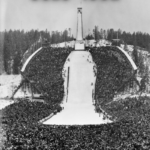

So nice to remind everyone about the 1952 Winter Olympics. The 1994 Winter Olympics was a show case of trolls. Natural snow. Canada won 13 medals while the US show case rivals on and off the ice. Keep the writing up. Doing a good job with a variety of interest